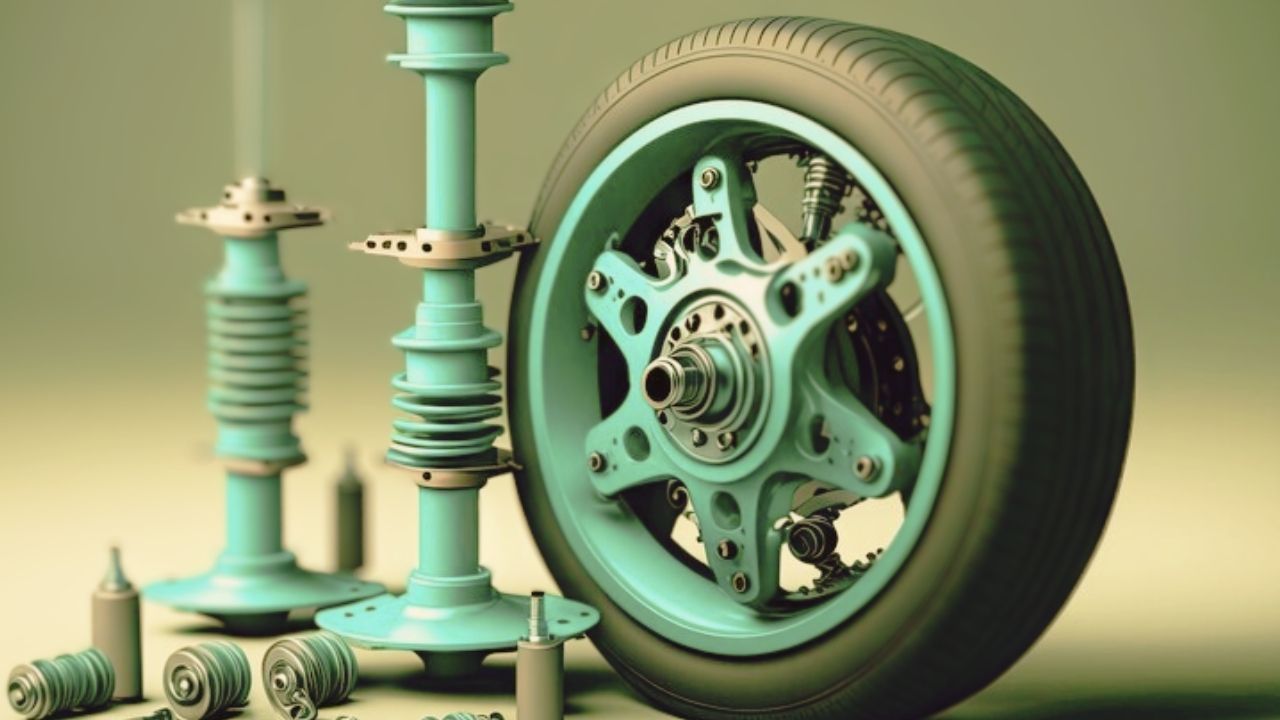Fitness enthusiasts invest considerable time and effort into maintaining their workout routines, often relying on specialized equipment to achieve their goals. However, over time, even the most robust fitness machines require maintenance and occasional part replacements to ensure optimal performance. Understanding the nuances of fitness equipment parts replacement is crucial not only for extending the lifespan of your gear but also for maintaining safety during workouts. This guide delves into essential aspects of identifying, procuring, and replacing parts for various types of fitness equipment.
Importance of Regular Maintenance
Fitness equipment, whether it’s treadmills, ellipticals, or weight machines, undergoes significant wear and tear through regular use. Components such as belts, cables, bearings, and electronic controls can degrade over time, affecting both performance and safety. Regular maintenance, including inspections and timely replacements, prevents breakdowns and enhances the overall reliability of your equipment.
Identifying Replacement Needs
Visual Inspections
The first step in effective maintenance is conducting routine visual inspections. Check for signs of wear, such as fraying belts, loose cables, or rusted components. Pay attention to unusual sounds or vibrations during operation, as these can indicate underlying issues that require attention.
Performance Evaluation
Evaluate the performance of your equipment regularly. Are there noticeable changes in speed, resistance, or smoothness of motion? Any deviations from the equipment’s original performance specifications may indicate the need for part replacements.
Commonly Replaced Parts
Treadmill Parts
- Running Belt: Replace every 1,000 hours of use or when signs of wear appear.
- Deck Platform: Inspect for cracks or wear every six months; replace if necessary.
- Drive Motor: Replace if the treadmill struggles to maintain consistent speed or if there are unusual noises during operation.
Elliptical Parts
- Pedals and Arm Handles: Check for cracks or loose fittings regularly; replace as needed.
- Resistance Mechanism: Inspect for smooth operation; replace worn-out resistance pads or magnets promptly.
- Console and Electronics: Monitor for erratic display or functionality issues; replace faulty components to prevent complete system failure.
Strength Training Equipment Parts
- Cables and Pulleys: Check for fraying cables or worn-out pulleys; replace to maintain safe operation.
- Weight Plates and Bars: Inspect for cracks or signs of metal fatigue; replace damaged plates or bars immediately.
- Upholstery and Padding: Ensure cushions are intact and comfortable; replace torn or degraded upholstery for user comfort and safety.
Procuring Replacement Parts
OEM vs. Aftermarket Parts
When sourcing replacement parts, choose between Original Equipment Manufacturer (OEM) parts and aftermarket alternatives. OEM parts are designed specifically for your equipment model, ensuring compatibility and often come with manufacturer warranties. Aftermarket parts may offer cost savings but can vary in quality and compatibility.
Reliable Suppliers
Select reputable suppliers specializing in fitness equipment parts. Look for suppliers with positive customer reviews, extensive product knowledge, and responsive customer support. Verify warranty coverage and return policies before making purchases to ensure satisfaction with your replacement parts.
DIY vs. Professional Installation
DIY Replacement
Simple replacements like treadmill belts or elliptical pedals can often be performed by fitness enthusiasts with basic tools and instructions provided by the manufacturer. Follow detailed guides or instructional videos to ensure correct installation and calibration.
Professional Assistance
Complex repairs involving electronics or structural components should be entrusted to certified technicians. Professional installation ensures correct assembly, calibration, and adherence to warranty terms, reducing the risk of further damage or personal injury.
Importance of Regular Maintenance
Fitness equipment, whether it’s treadmills, ellipticals, or weight machines, undergoes significant wear and tear through regular use. Components such as belts, cables, bearings, and electronic controls can degrade over time, affecting both performance and safety. Regular maintenance, including inspections and timely replacements, prevents breakdowns and enhances the overall reliability of your equipment.
Identifying Replacement Needs
Visual Inspections
The first step in effective maintenance is conducting routine visual inspections. Check for signs of wear, such as fraying belts, loose cables, or rusted components. Pay attention to unusual sounds or vibrations during operation, as these can indicate underlying issues that require attention.
Performance Evaluation
Evaluate the performance of your equipment regularly. Are there noticeable changes in speed, resistance, or smoothness of motion? Any deviations from the equipment’s original performance specifications may indicate the need for part replacements.
Commonly Replaced Parts
Treadmill Parts
- Running Belt: Replace every 1,000 hours of use or when signs of wear appear.
- Deck Platform: Inspect for cracks or wear every six months; replace if necessary.
- Drive Motor: Replace if the treadmill struggles to maintain consistent speed or if there are unusual noises during operation.
Elliptical Parts
- Pedals and Arm Handles: Check for cracks or loose fittings regularly; replace as needed.
- Resistance Mechanism: Inspect for smooth operation; replace worn-out resistance pads or magnets promptly.
- Console and Electronics: Monitor for erratic display or functionality issues; replace faulty components to prevent complete system failure.
Conclusion
Proactive maintenance and timely replacement of fitness equipment parts are essential practices for maximizing equipment lifespan, ensuring user safety, and maintaining workout effectiveness. By understanding the signs of wear, choosing quality replacement parts, and following proper installation procedures, fitness enthusiasts can enjoy consistent performance from their equipment for years to come.
